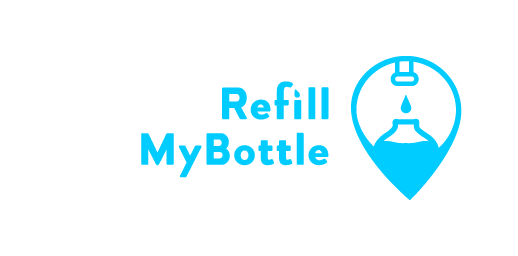W
e often hear that compost is good for the environment – that it would reduce kitchen waste and garden waste by 50 percent. Even so, most people are hesitant to compost at home. Whether due to limited space, lack of know-how, the fetor it emits, the pests it attracts, or simply because it is time-consuming.Composting 101: Home Composting is Easy!
Founder of Urban Biologist Bali, Buya A. Istiqlal, broke some myths about composting! He claimed that his method did not attract pests and produce minimum odor. Together with Zero Waste ID, Krakakoa, and Draper Startup House Bali, we brought Composting 101: Theory of Composting and Demo by Urban Biologist Bali on Thursday, 12 March 2020. Let’s break it down! But, before that, let’s jog our memory about what is compost, its benefits, and how to make compost!
What is composting?
Composting is a biological process in which microorganisms convert organic matter into a soil-like material called compost. Here, microorganisms are the key player in breaking down organic materials.
The benefit of compost
- Enhance soil structures as so to make them loosely while increases porosity and reduce erosion and runoff.
- Neutralize toxins because the humus binds heavy metals. Then, the nutrients are released over a slow period of time – make them available for plants.
- Bring back soil food web, like bacteria, fungi, nematodes, earthworms, centipedes, insects, etc.
“Composting reduces organic waste foodprint as well as offset harmful greenhouse gasses.”
How to make compost?
There are only four main ingredients to composting, that is browns (which contains carbon), greens (that contains nitrogen), air, and water. You can prepare your own compost in three easy steps! First, collect the greens and browns. Then, put generous portions of all ingredients in a pile-up to one meter high. Keep in mind that your compost pile has to include 3:1 of brown and green. Lastly, turn or mix the compost pile and water it every week to keep the moisture level and to make airflow.
From their experience, the 3 Bin System is the most practical method for making hot compost. It’s easier to mix the compost pile and you do not have to wait long to see the results!
What items are compostable?
Remember the greens and browns? The greens mainly contain nitrogen (proteins, nucleic acids, amino acids, enzymes, and co-enzymes) to feed the microorganisms living in your compost pile. So, don’t throw away your fresh grass clippings, vegetable scraps, coffee grounds, tea bags, and manures!
The browns are materials high in carbon. They provide both an energy source and the basic building block making up about 50 percent of the mass of microbial cells. Keep dry leaves, sawdust, twigs, branches, cardboard, papers, woodchips, nutshell, fruit peels, bread, corncobs, and eggs carton.
It’s easy to remember the items that are compostable: greens and browns.
What not to add?
Generally, meat and dairy products (like milk, yogurt, cheese, etc) are not recommended to be added to your compost bin because of their high moisture and fat content. They tend to slow down the decomposing process because it creates a watertight coating over other materials, whereas the microorganisms need oxygen to live. These products are prone to produce odor and encourage anaerobic digestion. A small amount of them are tolerable but remember to mix them with brown materials.
You can add papers to your compost bin or pile! However, used toilet paper or paper towels are not recommended because they may contain pathogens. Crown it all, do not add glossy paper or paper covered by plastic.
Do not add manure to your compost bin or pile from meat-eating animals, like dogs and cats. It may contain pathogens and take longer to break down. Domestic livestock manures are the best option to add to your compost pile and add just a generous amount. Using raw manures as fertilizer needs to be treated with caution even though they are rich in nitrogen. Raw manures can also make plants grow too fast, leaving them thin and leggy and inhibit germination.
Outdoor composting attracts flies and produces a bad smell. So, Buya gave a few tips! First, Always turn and mix your compost pile. Air (oxygen) and water (moisture) are keys to sustaining the microorganisms in the pile – they need to be able to breathe! Just like other living beings do.
Cutting the browns into smaller pieces fastens the decomposing process. It also reduces the volume of organic up to five times! Cut as small as possible. It would be more efficient to use a shredder machine, especially for grass clippings and branches.
Observe the core temperature of your compost pile! The best temperature for your compost is 70 degrees Celsius, in order to break down and kill any weed seeds.
I have no outdoor space but I’d like to start composting, what should I do?
There are a number of methods to do indoor composting. You can learn more about Takakura Composting Method (TCM) and Bokashi Composting. Alternatively, find a compost delivery and pick-up service in your area. If you are located in Bali (Umalas, Canggu, and Pererenan area), drop a message to Urban Biologist Bali! Other than compost delivery and pick-up service, they can also help you build your very own compost bin.
